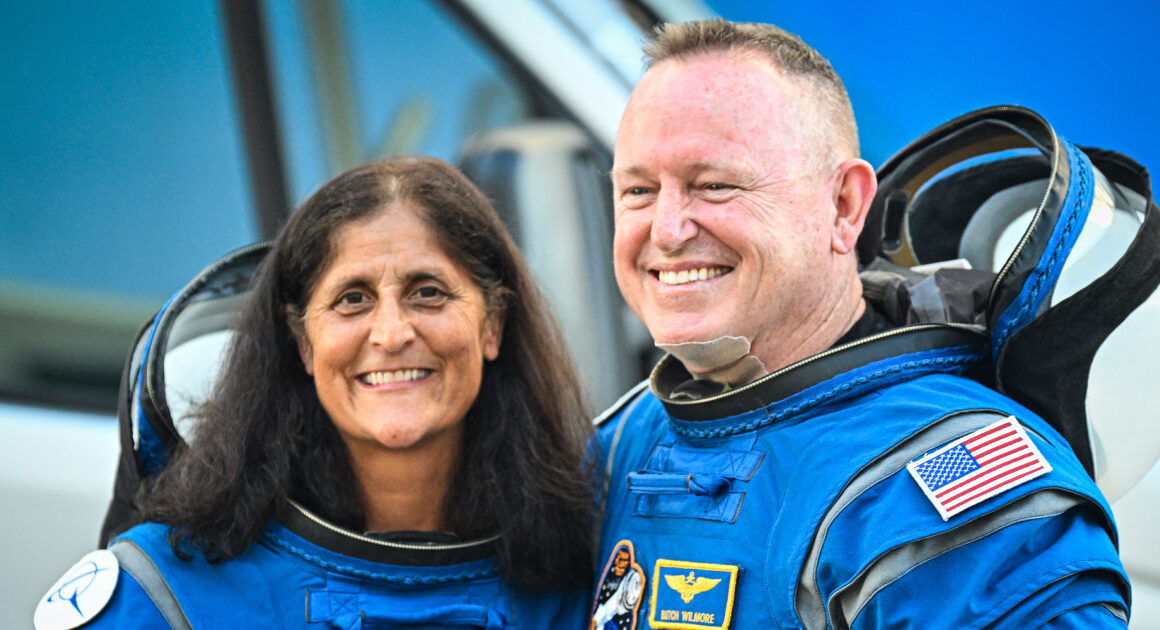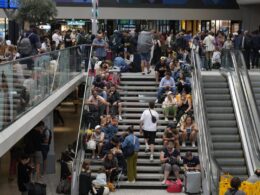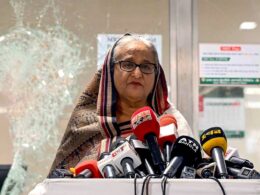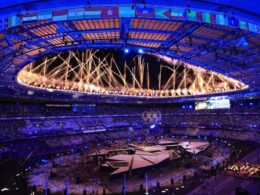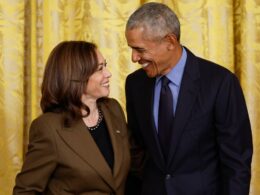NASA is expecting to make a final decision before the end of the month as to when and how to bring home two astronauts who have been stuck at the International Space Station for more than two months.
Astronauts Butch Wilmore and Suni Williams launched on Boeing’s Starliner spacecraft in early June, on a journey that was meant to last just over a week. But several issues were detected as the vehicle traveled to the orbiting outpost, forcing the pair to stay in space far longer than anticipated.
NASA officials said Wednesday that engineers and technical experts are combing through weeks of data from tests and weighing different options for how to return the astronauts to Earth.
Ken Bowersox, associate administrator of NASA’s Space Operations Mission Directorate, said they will likely complete their analysis next week, after which a formal review will be conducted “around the end of next week, potentially beginning of the following week.”
NASA is deciding whether to fly Wilmore and Williams back aboard the beleaguered Starliner or use one of SpaceX’s Dragon capsules to bring them home instead.
,
,
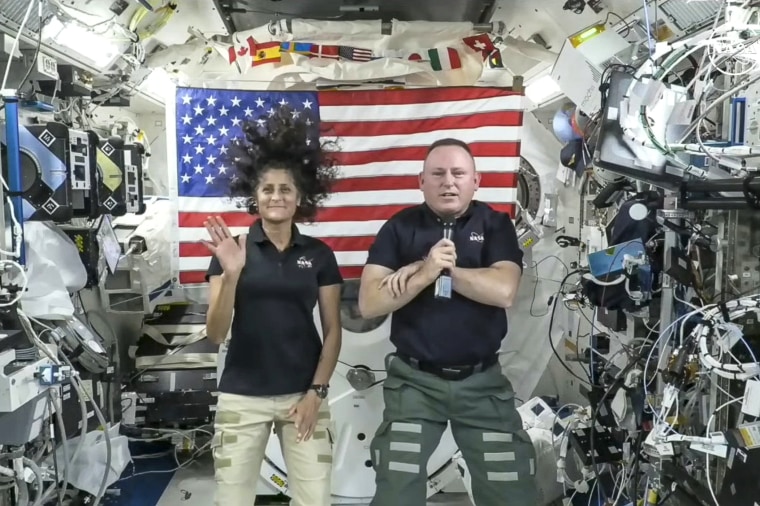
,
,
If the agency opts to call on SpaceX for the return flight, Wilmore and Williams would need to remain on the space station for six more months.
A SpaceX Dragon capsule is scheduled to launch new crew members to the orbiting outpost in September on a mission known as Crew-9. NASA has said it could alter those plans to send up two astronauts instead of the originally planned four, and then use the empty seats to bring Wilmore and Williams home at the end of the Crew-9 mission in February.
In that case, the Starliner capsule would return to Earth without a crew, according to NASA.
Bowersox said Wednesday that while no decision has been made yet, the agency will need to settle on a plan soon in order to manage resources at the space station and keep operations in orbit running smoothly.
“We’re reaching a point where, that last week in August, we really should be making a call, if not sooner,” he said.
Wilmore and Williams’ launch marked the first crewed test flight of Boeing’s Starliner capsule. The mission was designed to be a crucial final test before NASA could certify Boeing to make regular flights to and from the ISS.
But five of Starliner’s thrusters malfunctioned as the spacecraft was approaching the space station in June, causing delays during the rendezvous and docking process. Helium was also leaking from the capsule’s propulsion system during flight — a problem that mission managers knew about before Starliner launched into orbit but had said was unlikely to affect the mission or the astronauts’ safety.
Joe Acaba, chief of the Astronaut Office at NASA’s Johnson Space Center in Houston, said that astronauts are trained for contingencies, including mishaps that may keep them in space longer than expected.
Wilmore and Williams have been using their extra time in orbit to conduct scientific experiments and help space station crew members with maintenance tasks.
Acaba said that while the duo has been kept up to date on NASA’s decision-making process, they must ultimately rely on the expertise of engineers and mission managers on the ground.
“They will do what we ask them to do, and that’s their job as astronauts,” Acaba said.
,




